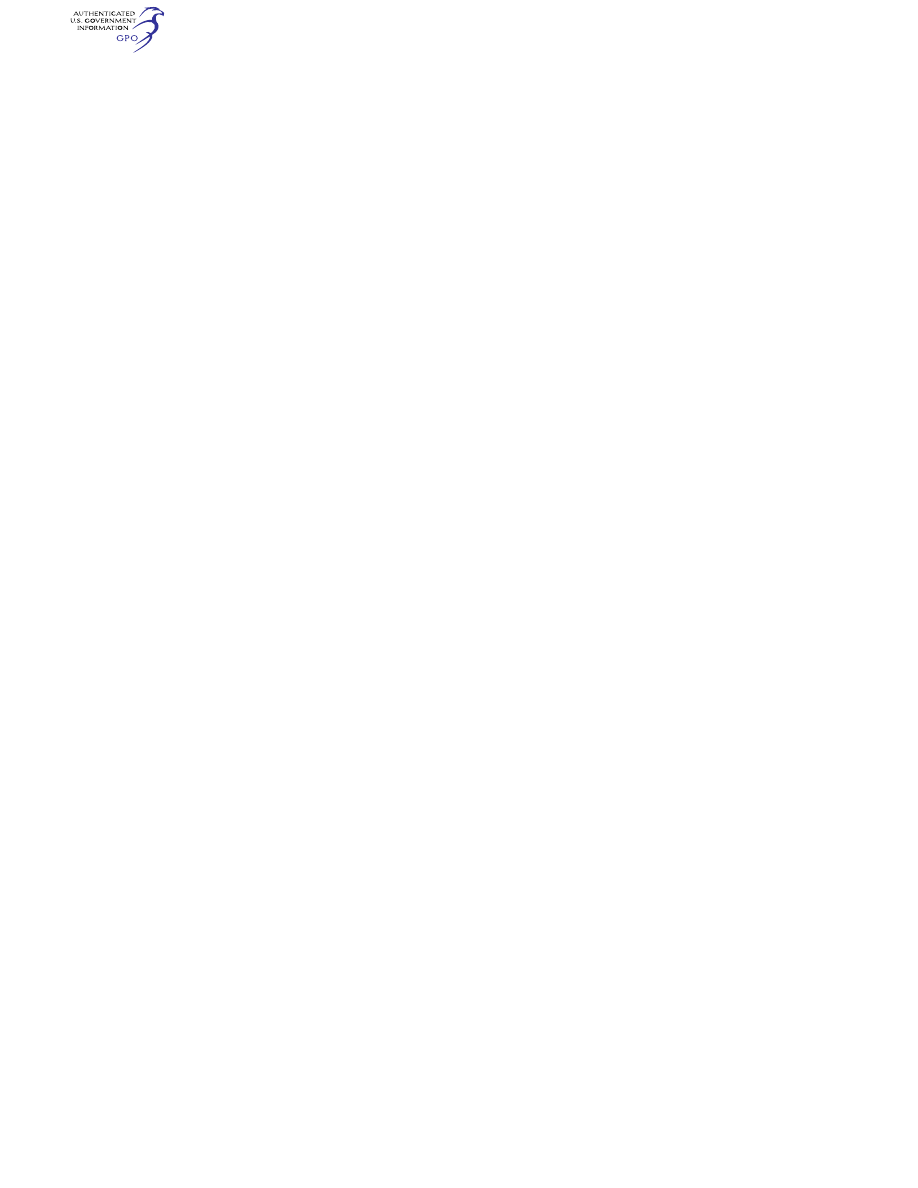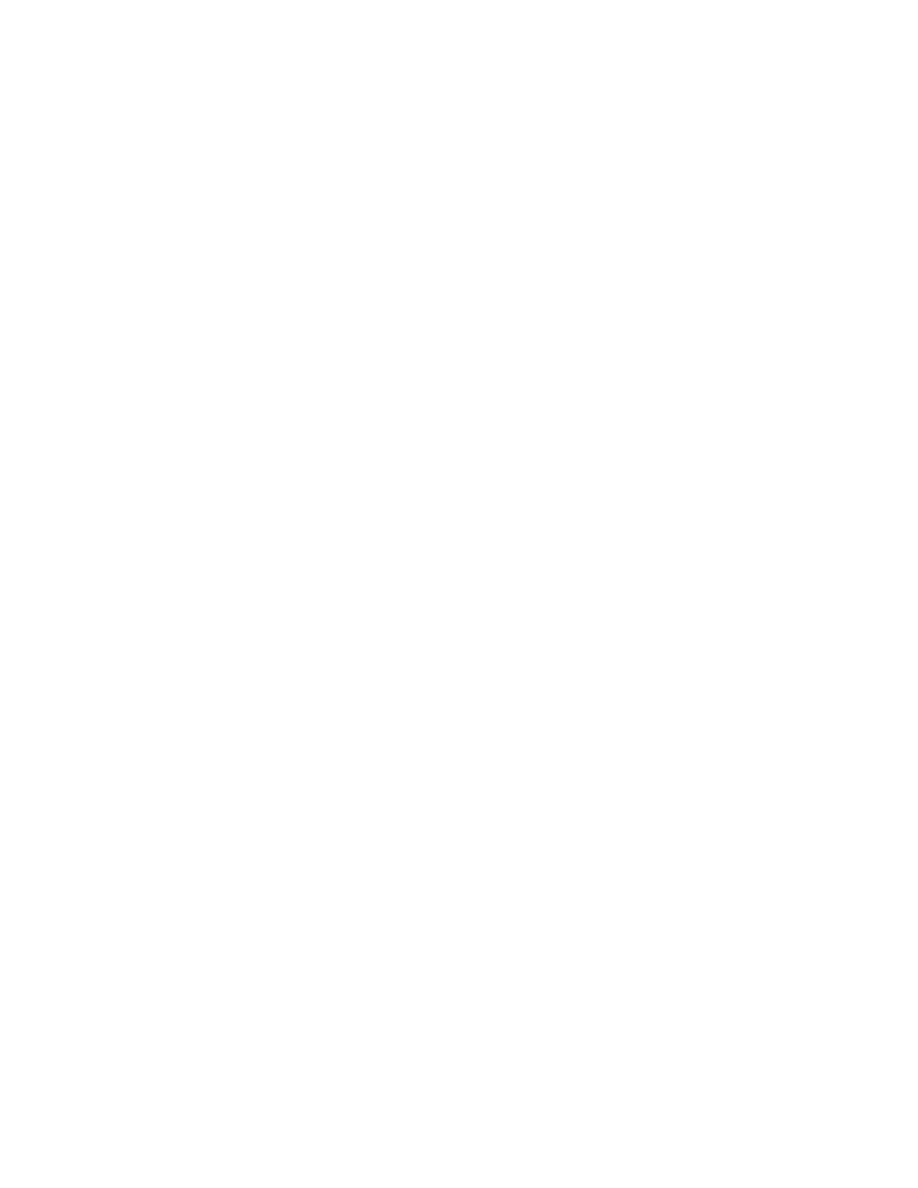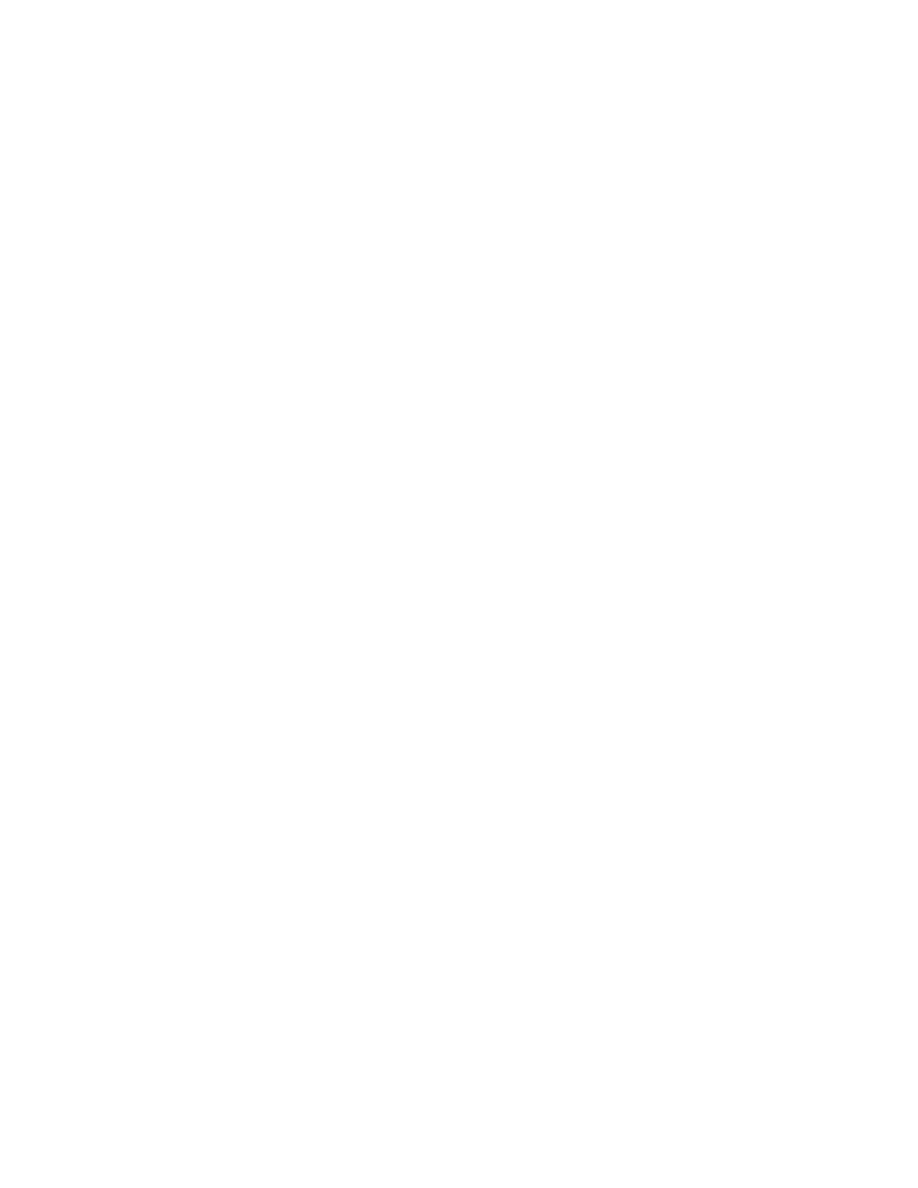
419
Federal Aviation Administration, DOT
§ 135.2
Subpart A—General
§ 135.1 Applicability.
(a) This part prescribes rules gov-
erning—
(1) The commuter or on-demand oper-
ations of each person who holds or is
required to hold an Air Carrier Certifi-
cate or Operating Certificate under
part 119 of this chapter.
(2) Each person employed or used by
a certificate holder conducting oper-
ations under this part including the
maintenance, preventative mainte-
nance and alteration of an aircraft.
(3) The transportation of mail by air-
craft conducted under a postal service
contract awarded under 39 U.S.C. 5402c.
(4) Each person who applies for provi-
sional approval of an Advanced Quali-
fication Program curriculum, cur-
riculum segment, or portion of a cur-
riculum segment under subpart Y of
part 121 of this chapter of 14 CFR part
121 and each person employed or used
by an air carrier or commercial oper-
ator under this part to perform train-
ing, qualification, or evaluation func-
tions under an Advanced Qualification
Program under subpart Y of part 121 of
this chapter of 14 CFR part 121.
(5) Nonstop Commercial Air Tour
flights conducted for compensation or
hire in accordance with § 119.1(e)(2) of
this chapter that begin and end at the
same airport and are conducted within
a 25-statute-mile radius of that airport;
provided further that these operations
must comply only with the drug and
alcohol testing requirements in
§§ 120.31, 120.33, 120.35, 120.37, and 120.39
of this chapter; and with the provisions
of part 136, subpart A, and § 91.147 of
this chapter by September 11, 2007.
(6) Each person who is on board an
aircraft being operated under this part.
(7) Each person who is an applicant
for an Air Carrier Certificate or an Op-
erating Certificate under 119 of this
chapter, when conducting proving
tests.
(8) Commercial Air tours conducted
by holders of operations specifications
issued under this part must comply
with the provisions of part 136, Subpart
A of this chapter by September 11, 2007.
(9) Helicopter air ambulance oper-
ations as defined in § 135.601(b)(1).
(b) [Reserved]
(c) An operator who does not hold a
part 119 certificate and who operates
under the provisions of § 91.147 of this
chapter is permitted to use a person
who is otherwise authorized to perform
aircraft maintenance or preventive
maintenance duties and who is not sub-
ject to anti-drug and alcohol misuse
prevent programs to perform—
(1) Aircraft maintenance or preven-
tive maintenance on the operator’s air-
craft if the operator would otherwise
be required to transport the aircraft
more than 50 nautical miles further
than the repair point closest to opera-
tor’s principal place of operation to ob-
tain these services; or
(2) Emergency repairs on the opera-
tor’s aircraft if the aircraft cannot be
safely operated to a location where an
employee subject to FAA-approved pro-
grams can perform the repairs.
[Doc. No. 16097, 43 FR 46783, Oct. 10, 1978]
E
DITORIAL
N
OTE
: For F
EDERAL
R
EGISTER
ci-
tations affecting § 135.1, see the List of CFR
Sections Affected, which appears in the
Finding Aids section of the printed volume
and at
www.govinfo.gov.
§ 135.2 Compliance schedule for opera-
tors that transition to part 121 of
this chapter; certain new entrant
operators.
(a)
Applicability.
This section applies
to the following:
(1) Each certificate holder that was
issued an air carrier or operating cer-
tificate and operations specifications
under the requirements of part 135 of
this chapter or under SFAR No. 38–2 of
14 CFR part 121 before January 19, 1996,
and that conducts scheduled passenger-
carrying operations with:
(i) Nontransport category turbo-
propeller powered airplanes type cer-
tificated after December 31, 1964, that
have a passenger seat configuration of
10–19 seats;
(ii) Transport category turbo-
propeller powered airplanes that have a
passenger seat configuration of 20–30
seats; or
(iii) Turbojet engine powered air-
planes having a passenger seat configu-
ration of 1–30 seats.
(2) Each person who, after January
19, 1996, applies for or obtains an initial
air carrier or operating certificate and
operations specifications to conduct

420
14 CFR Ch. I (1–1–24 Edition)
§ 135.2
scheduled passenger-carrying oper-
ations in the kinds of airplanes de-
scribed in paragraphs (a)(1)(i), (a)(1)(ii),
or paragraph (a)(1)(iii) of this section.
(b)
Obtaining operations specifications.
A certificate holder described in para-
graph (a)(1) of this section may not,
after March 20, 1997, operate an air-
plane described in paragraphs (a)(1)(i),
(a)(1)(ii), or (a)(1)(iii) of this section in
scheduled passenger-carrying oper-
ations, unless it obtains operations
specifications to conduct its scheduled
operations under part 121 of this chap-
ter on or before March 20, 1997.
(c)
Regular or accelerated compliance.
Except as provided in paragraphs (d),
and (e) of this section, each certificate
holder described in paragraph (a)(1) of
this section shall comply with each ap-
plicable requirement of part 121 of this
chapter on and after March 20, 1997 or
on and after the date on which the cer-
tificate holder is issued operations
specifications under this part, which-
ever occurs first. Except as provided in
paragraphs (d) and (e) of this section,
each person described in paragraph
(a)(2) of this section shall comply with
each applicable requirement of part 121
of this chapter on and after the date on
which that person is issued a certifi-
cate and operations specifications
under part 121 of this chapter.
(d)
Delayed compliance dates.
Unless
paragraph (e) of this section specifies
an earlier compliance date, no certifi-
cate holder that is covered by para-
graph (a) of this section may operate
an airplane in 14 CFR part 121 oper-
ations on or after a date listed in this
paragraph unless that airplane meets
the applicable requirement of this
paragraph:
(1)
Nontransport category turbo-
propeller powered airplanes type certifi-
cated after December 31, 1964, that have a
passenger seat configuration of 10–19
seats.
No certificate holder may oper-
ate under this part an airplane that is
described in paragraph (a)(1)(i) of this
section on or after a date listed in
paragraph (d)(1) of this section unless
that airplane meets the applicable re-
quirement listed in paragraph (d)(1) of
this section:
(i) December 20, 1997:
(A) Section 121.289, Landing gear
aural warning.
(B) Section 121.308, Lavatory fire pro-
tection.
(C) Section 121.310(e), Emergency exit
handle illumination.
(D) Section 121.337(b)(8), Protective
breathing equipment.
(E) Section 121.340, Emergency flota-
tion means.
(ii) December 20, 1999: Section 121.342,
Pitot heat indication system.
(iii) December 20, 2010:
(A) For airplanes described in
§ 121.157(f), the Airplane Performance
Operating Limitations in §§ 121.189
through 121.197.
(B) Section 121.161(b), Ditching ap-
proval.
(C) Section 121.305(j), Third attitude
indicator.
(D) Section 121.312(c), Passenger seat
cushion flammability.
(iv) March 12, 1999: Section
121.310(b)(1), Interior emergency exit
locating sign.
(2)
Transport category turbopropeller
powered airplanes that have a passenger
seat configuration of 20–30 seats.
No cer-
tificate holder may operate under this
part an airplane that is described in
paragraph (a)(1)(ii) of this section on or
after a date listed in paragraph (d)(2) of
this section unless that airplane meets
the applicable requirement listed in
paragraph (d)(2) of this section:
(i) December 20, 1997:
(A) Section 121.308, Lavatory fire pro-
tection.
(B) Section 121.337(b) (8) and (9), Pro-
tective breathing equipment.
(C) Section 121.340, Emergency flota-
tion means.
(ii) December 20, 2010: Section
121.305(j), Third attitude indicator.
(e)
Newly manufactured airplanes.
No
certificate holder that is described in
paragraph (a) of this section may oper-
ate under part 121 of this chapter an
airplane manufactured on or after a
date listed in this paragraph (e) unless
that airplane meets the applicable re-
quirement listed in this paragraph (e).
(1) For nontransport category turbo-
propeller powered airplanes type cer-
tificated after December 31, 1964, that
have a passenger seat configuration of
10–19 seats:
(i) Manufactured on or after March
20, 1997:

421
Federal Aviation Administration, DOT
§ 135.3
(A) Section 121.305(j), Third attitude
indicator.
(B) Section 121.311(f), Safety belts
and shoulder harnesses.
(ii) Manufactured on or after Decem-
ber 20, 1997: Section 121.317(a), Fasten
seat belt light.
(iii) Manufactured on or after Decem-
ber 20, 1999: Section 121.293, Takeoff
warning system.
(iv) Manufactured on or after March
12, 1999: Section 121.310(b)(1), Interior
emergency exit locating sign.
(2) For transport category turbo-
propeller powered airplanes that have a
passenger seat configuration of 20–30
seats manufactured on or after March
20, 1997: Section 121.305(j), Third atti-
tude indicator.
(f)
New type certification requirements.
No person may operate an airplane for
which the application for a type cer-
tificate was filed after March 29, 1995,
in 14 CFR part 121 operations unless
that airplane is type certificated under
part 25 of this chapter.
(g)
Transition plan.
Before March 19,
1996 each certificate holder described in
paragraph (a)(1) of this section must
submit to the FAA a transition plan
(containing a calendar of events) for
moving from conducting its scheduled
operations under the commuter re-
quirements of part 135 of this chapter
to the requirements for domestic or
flag operations under part 121 of this
chapter. Each transition plan must
contain details on the following:
(1) Plans for obtaining new oper-
ations specifications authorizing do-
mestic or flag operations;
(2) Plans for being in compliance
with the applicable requirements of
part 121 of this chapter on or before
March 20, 1997; and
(3) Plans for complying with the com-
pliance date schedules contained in
paragraphs (d) and (e) of this section.
[Doc. No. 28154, 60 FR 65938, Dec. 20, 1995, as
amended by Amdt. 135–65, 61 FR 30435, June
14, 1996; Amdt. 135–66, 62 FR 13257, Mar. 19,
1997]
§ 135.3 Rules applicable to operations
subject to this part.
(a) Each person operating an aircraft
in operations under this part shall—
(1) While operating inside the United
States, comply with the applicable
rules of this chapter; and
(2) While operating outside the
United States, comply with Annex 2,
Rules of the Air, to the Convention on
International Civil Aviation or the reg-
ulations of any foreign country, which-
ever applies, and with any rules of
parts 61 and 91 of this chapter and this
part that are more restrictive than
that Annex or those regulations and
that can be complied with without vio-
lating that Annex or those regulations.
Annex 2 is incorporated by reference in
§ 91.703(b) of this chapter.
(b) Each certificate holder that con-
ducts commuter operations under this
part with airplanes in which two pilots
are required by the type certification
rules of this chapter shall comply with
subparts N and O of part 121 of this
chapter instead of the requirements of
subparts E, G, and H of this part. Not-
withstanding the requirements of this
paragraph, a pilot serving under this
part as second in command in a com-
muter operation with airplanes in
which two pilots are required by the
type certification rules of this chapter
may meet the requirements of § 135.245
instead of the requirements of § 121.436.
(c) If authorized by the Adminis-
trator upon application, each certifi-
cate holder that conducts operations
under this part to which paragraph (b)
of this section does not apply, may
comply with the applicable sections of
subparts N and O of part 121 instead of
the requirements of subparts E, G, and
H of this part, except that those au-
thorized certificate holders may choose
to comply with the operating experi-
ence requirements of § 135.244, instead
of the requirements of § 121.434 of this
chapter. Notwithstanding the require-
ments of this paragraph, a pilot serving
under this part as second in command
may meet the requirements of § 135.245
instead of the requirements of § 121.436.
(d) Additional limitations applicable
to certificate holders that are required
by paragraph (b) of this section or au-
thorized in accordance with paragraph
(c) of this section, to comply with part
121, subparts N and O of this chapter
instead of subparts E, G, and H of this
part.


